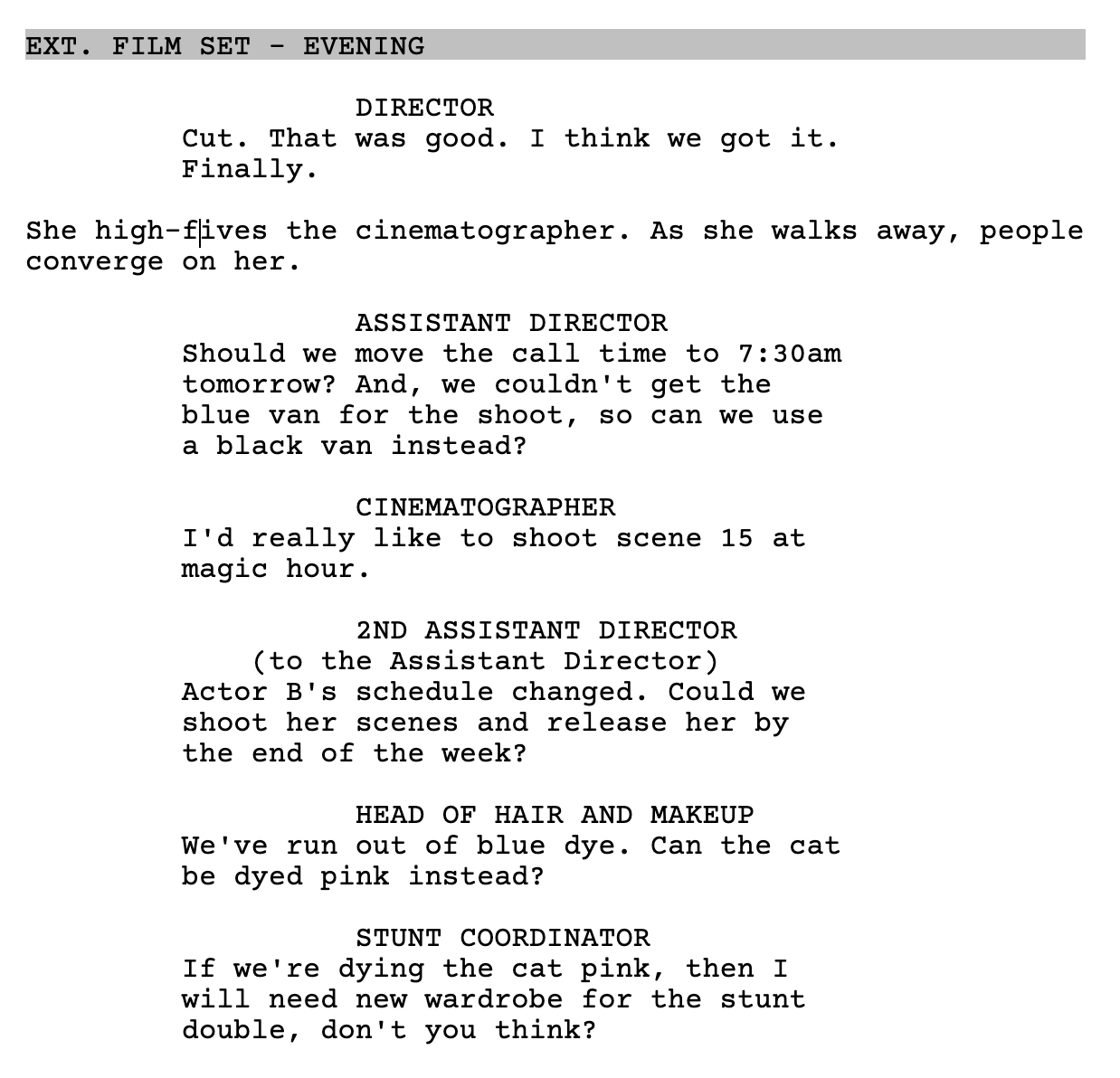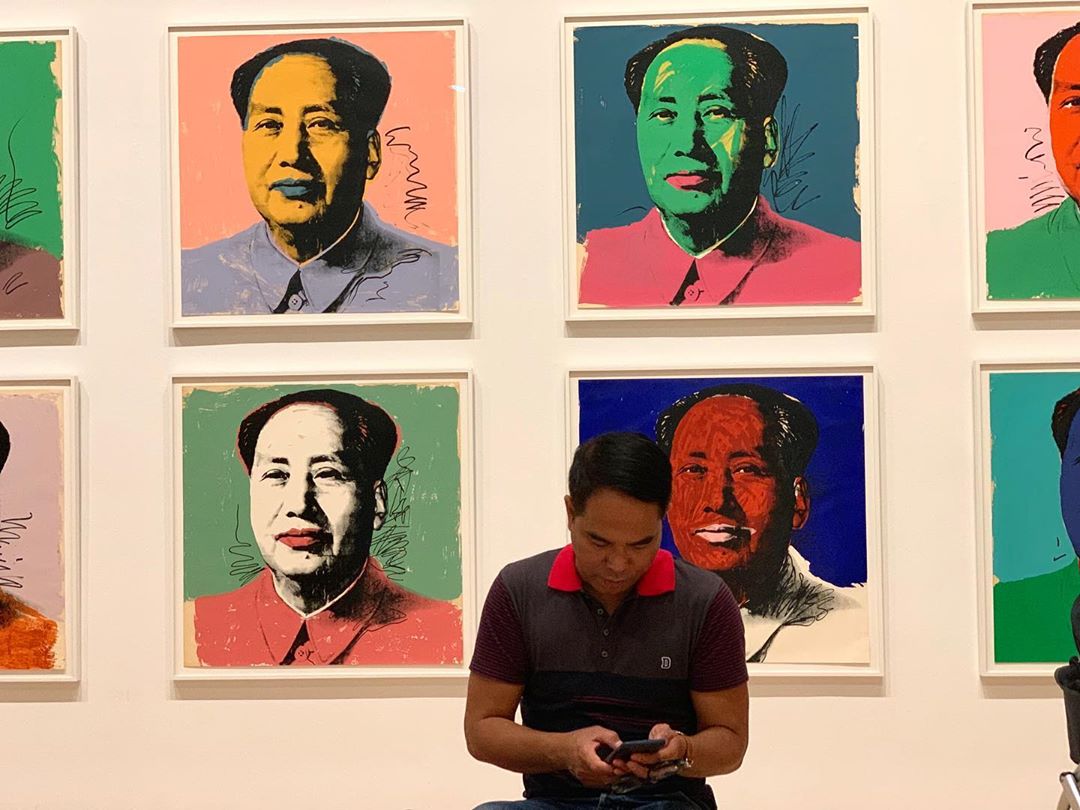
What I love most about the newsletter format is that it encourages discussion. In response to my last post, Put The Money On The Screen, a founder emailed me with some points that I want to share and discuss.
The founder rightly pointed out that there’s nuance to the idea of putting the money on the screen. Spending and cost-cutting decisions depend on the stage of the company and the unique circumstances.
Here’s part of what the founder wrote:
The problem with cutting off-screen costs is that the results over time mainly go to investors (because the great majority of the company over time is investor owned), and proportionally less to employees and common shareholders, which are asked to bring the sacrifice. Just be mindful of what asking people to sacrifice means.
This founder was speaking from a personal experience: being asked to take a ridiculously small salary after raising a significant Series A from a top-tier firm. The founder went into debt as a result of this, and it took a long time to recover.
While I haven’t heard both sides of the story, I do think putting a founder in that situation is harsh. VC firms should make sure founders and CEOs aren’t under undue financial stress—it’s in everyone’s self-interest for the CEO to be able to focus on building the company. Additionally, some expenses that might strike VCs as superfluous may be legitimately necessary for team morale or culture. Those are best judged by the company’s leadership.
All of this depends on the stage of the company. At the later stages, the tradeoffs will change. But regardless of stage, employees bear the brunt of putting the money on the screen during tough times. I’ve seen this happen in film, where the writer/director bears the highest cost in “making it happen,” and first-time founders are often in the same situation.
While that’s the nature of the beast, it’s something worth pausing on. It is not always the right decision to cut some “off-screen” costs. The best decisions may emerge when investors and CEOs have honest conversations that recognize the impact and consequences of these decisions.







